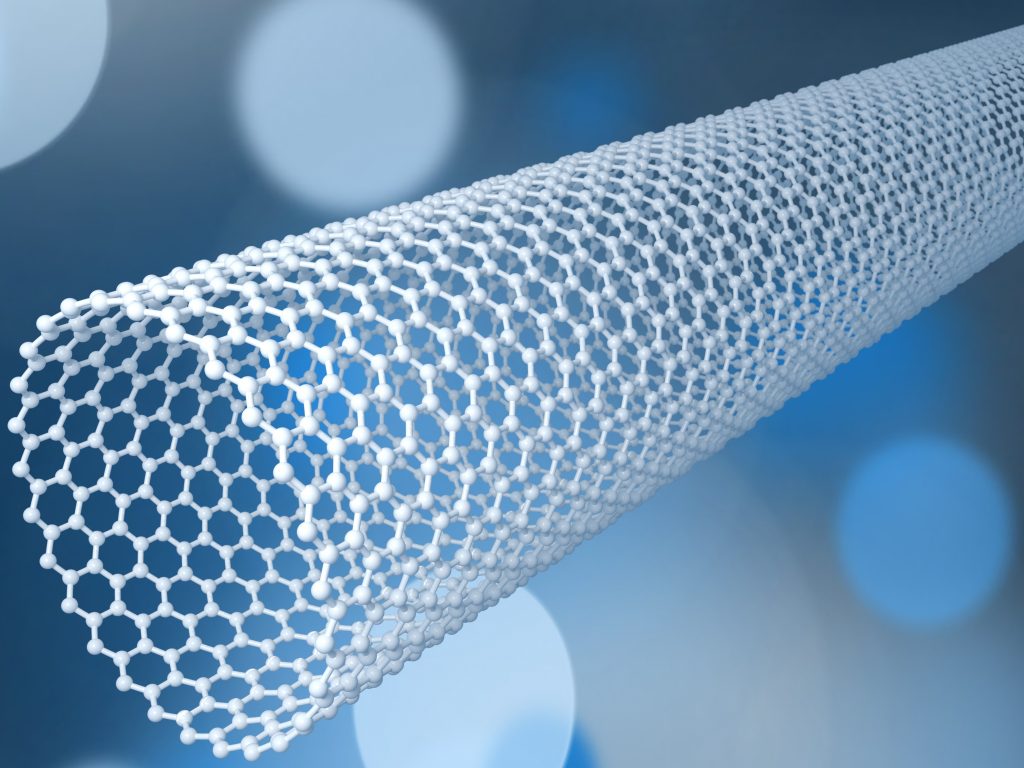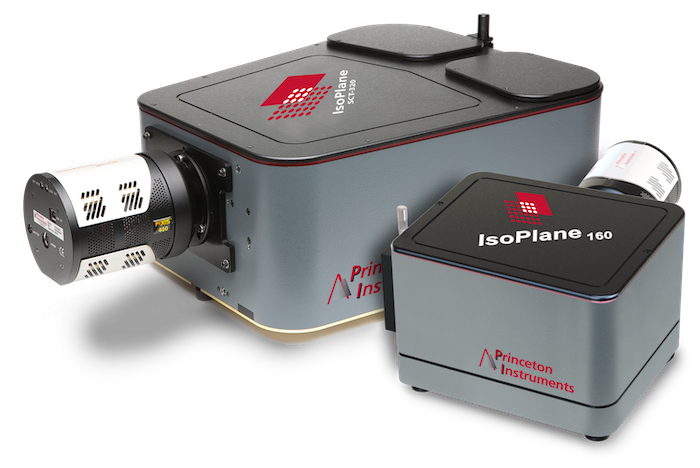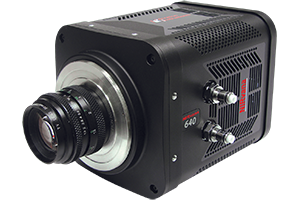Vitalijis Zubkovs, Ardemis Boghossian et al.
Chemistry of Materials
Optical spectroscopy is used to analyze how well newly developed biosensors based on carbon nanotube sensors work.
The development of fluorescent nanoprobes for the NIR-II/SWIR band is seeing rapid growth due to the increasing development of biomedical and clinical applications of imaging in this wavelength band. In the NIR-II band between 1000nm and 1700nm scattering and absorption in tissue are low allowing for greater penetration depth of radiation into opaque tissues while maintaining high degrees of resolution. Single wall carbon nanotubes are one of the common optical probes for biomedical sensing due to their high stability and ability to functionalize their surface for increasing the sensitivity to detect specific molecular targets.
Among a wide range of molecules that can be used for surface functionalization, proteins have one of the highest abilities for molecular targeting. However, as researchers around Vitalijs Zubkovs and Ardemis Boghossian from EPFL in Lausanne Switzerland note, developing nano-sensors requires binding of a protein to the “nanotube surface in a controlled oriented manner while retaining its bioactivity” while simultaneously preserving the fluorescence of the nanotube. Successful strategies for protein-based functionalization use methods to wrap the nanotubes in DNA or a linker molecule that then covalently bonds to the protein in a way that retains the protein folding and molecular targeting properties.

In an article the journal Chemical Materials they discuss a new method of binding a yellow fluorescent protein to nanotube surfaces using a linker molecule and find that their approach is not only more cost effective than more established methods using DNA, but also increases the stability of the proteins.
The researchers use a wide range of optical and spectroscopic methods for analyzing the optical and fluorescent properties of the functionalized nanosensors, for example absorption spectroscopy and circular dichroism spectroscopy. As the nanotube probes are developed for applications in the NIR-II fluorescence spectroscopy is used to probe the emission in this wavelength range.
The setup for NIR-II fluorescence spectroscopy uses a focused 660nm laser for excitation of particles in a well plate. The signal is detected using an IsoPlane SCT-320 spectrograph with a NIRvana InGaAs camera. The researchers utilize the sensitivity of the nanotube emission to the environment to analyze the binding properties of the other molecules and proteins. For example, monitoring the position of the emission lines of molecules dissolved in water allows conclusions about the surface coverage of adsorbed molecules on the nanotube surface as the spectral lines will shift due to changing access of water molecules to the nanotube surface.
In conclusion the team from Lausanne writes that their “linker strategy therefore introduces an alternative approach that combines the advantages of non-specific adsorption and of site-specific ssDNA-based conjugation strategies”.


